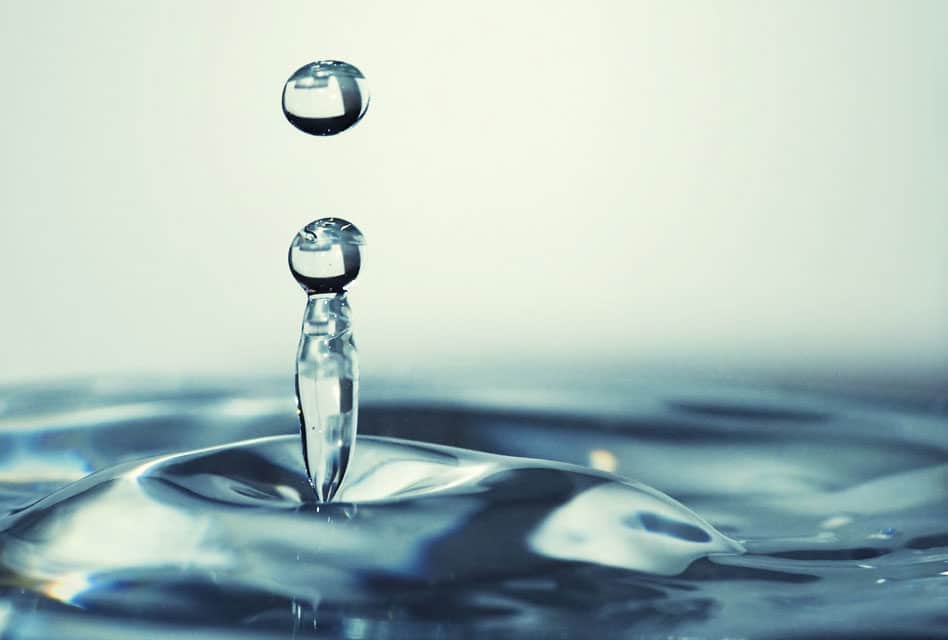Uganda’s Minister of Water and Environment, Sam Cheptoris has announced that Chinese company Zhonghao Overseas Construction Engineering Company will implement the Busia Water Supply and Sanitation Project in Eastern Uganda.
The Chinese company is expected to install a water intake in Lake Victoria in the Busia district of Eastern Uganda. The pumped raw water will be transported through a pipeline to a drinking water plant to be built in Majanji sub-county in Busia. The company will also build an additional elevated storage tank with a capacity of 1,720 m3 at Dabani.
The Ugandan Ministry of Water and Environment, which is implementing and developing the project, says that the entire drinking water facility will improve service to the people of Busia district, thereby reducing the death rate from waterborne diseases like dysentery, cholera, typhoid and diarrhoea. According to Dickson Wamaena, the Busia District Deputy Health Officer, between December 2019 and March 2020, 212 cases of dysentery were recorded. Between April and June 2020, 299 cases of typhoid were recorded in the same locality.
In addition to the supply of drinking water, the project will allow for the development of agriculture in the region. The water produced will also be used for farm irrigation. It will also be used in a refinery in Alupe and an agro-processing plant under construction in Solo Village. The water will also be used in the Zhonghao Overseas plant.
Also Read: Construction of East Africa’s largest wastewater treatment plant almost complete
Integrated Water Management and Development Programme (IWMDP)
The Busia water supply and sanitation project is part of Uganda’s ongoing Integrated Water Management and Development Programme (IWMDP). The sanitation component of the Busia project will improve faecal sludge management in the district.
Zhonghao Ooverseas Construction Engineering Company will also build, among other things, public toilets with eight stations in Busia to reduce open defecation. The Chinese company will deliver the entire project in six years, according to the terms of its contract. The World Bank has set aside nearly US $14m for the project.

Leave a Reply